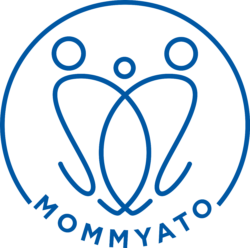As summer approaches, it’s natural to want to break out of the confines of the house and get out and about, enjoying BBQs, beach days, June weddings, and more. Warm weather and sunny days make you want to let your hair down and go mask-less! In addition, there has been a lot of talk about the transition of COVID-19 from a
pandemic (disease spreading over multiple countries or continents) to an
endemic (disease with constant presence in a specific location). This may give you the feeling that
COVID prevention measures don’t matter anymore, but keep in mind this is a “novel” virus, meaning we are still learning a lot about it, especially when it comes to its effects on pregnancy, new mothers, and newborns.



